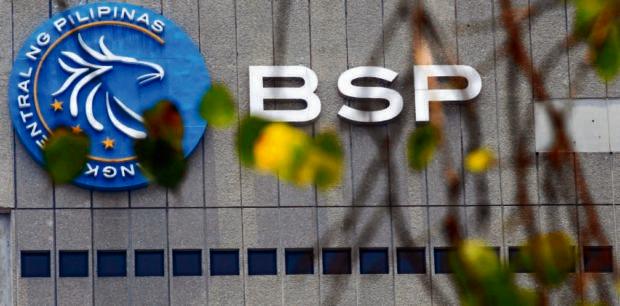Contrarians see BSP pushing back next rate hike to 2023
The 25-basis-point (bp) increase in the key interest rate of the Bangko Sentral ng Pilipinas (BSP) announced on Thursday that affirmed a gradual path to tightening of monetary policy was a disappointment to analysts who believe the BSP should be more aggressive. But Pantheon Macroeconomics said the next hike might not come until next year.
Miguel Chanco, the United Kingdom-based research firm’s chief economist for emerging markets in Asia, said in a commentary that this week’s rate hike—a repeat of the Monetary Board (MB) decision in their meeting last May—was “a no-brainer.”
Chanco said this was so, especially considering that BSP Governor and MB chair Benjamin Diokno had explicitly said that this month’s decision was likely a 25-bp increase in the interest rate on the central bank’s overnight borrowings from banks.
“Not surprisingly, inflation remains front-and-center in the board’s mind, as it raised its inflation forecasts further to 5 percent and 4.2 percent for this year and next, respectively,” he said.
Inflation forecast
In the previous forecasting round in May, the BSP expected inflation to average at 4.6 percent in 2022 and 3.9 percent in 2023.
Article continues after this advertisementMeanwhile, other analysts are raising red flags on the narrowing difference between the respective policy rates of the BSP and the United States Federal Reserve.
Article continues after this advertisementFor instance, the Rizal Commercial Banking Corp. points out that there should be a healthy gap between the two, on account of the differing credit ratings of the two governments.
Before the latest MB decision was announced on June 23, ING Bank was arguing that the BSP policy rate should rise by 50 bps or even 75 bps, to catch up with aggressive hikes at the US Fed.
Different tightening pace
However, Diokno and other BSP officials have reiterated that the Philippines and the US are faced with different economic challenges, and that the BSP did not need to move in lockstep with the US Fed.
The argument for a more hawkish stance at the BSP also raises concern about the effect of slow tightening on an increasing weakness of the peso against the US dollar.
“We’re refusing to be swept up by the hysteria and maintain that this week’s rate rise will likely be the BSP’s last for the year, against the prevailing wisdom for at least one more increase,” Chanco said.
“To be sure, policy normalization should resume next year, when the priorities shift somewhat to ensuring that the BSP has ample space to ease once the next economic downturn hits,” he added.
Further, Chanco said the BSP was likely to come out with lower inflation forecasts in the next monetary policy meeting of the MB in August.
Gareth Leather, senior economist for Asia at UK-based Capital Economics, concurred.
“While price pressures have been increasing—the headline inflation rate reached a four-year high of 5.4 percent in May from just 3 percent at the start of the year—we think it will peak soon,” Leather said.
“If we are right that oil prices will drop over the coming months, worries about inflation should start to ease,” he added.
